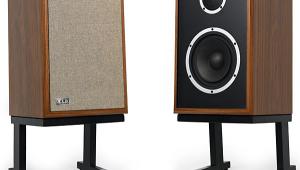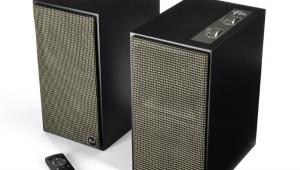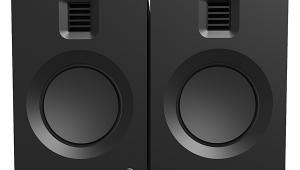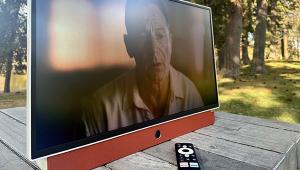Mark, how would you say these compare to the RSL or Wharfedale systems you reviewed a while back? I know that's not a fair question to ask, both because of the distance of time and the sheer quantity of products that pass through your setup. I had been planning to get one of those, but this Q Acoustics system seems like it might prove a bit disruptive to the status quo.
Q Acoustics 3000 5.1 Speaker System Review Page 2
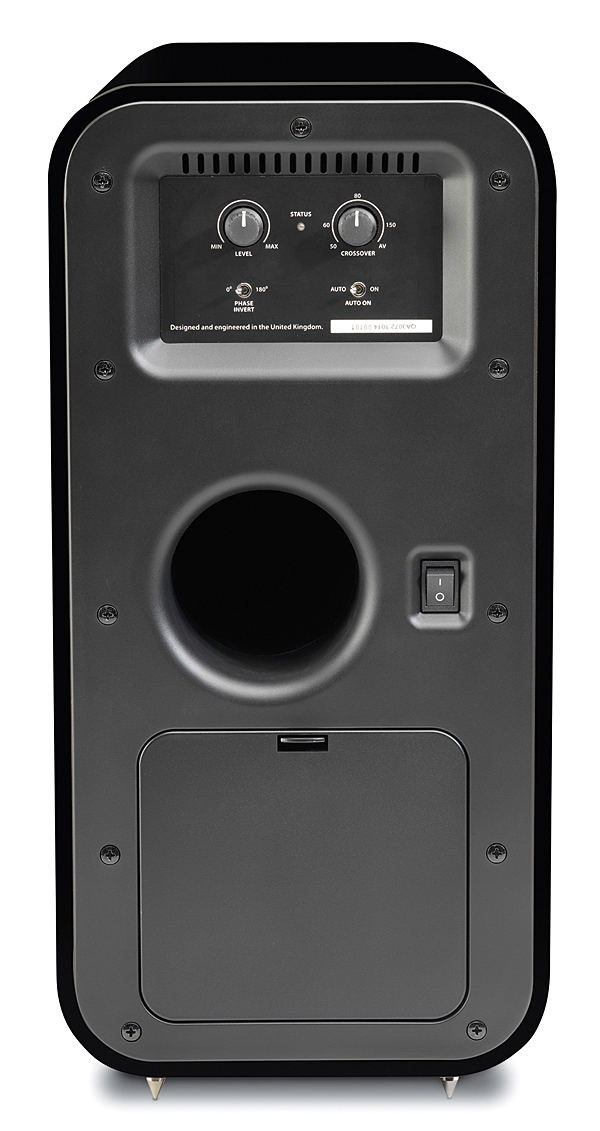
It’s never a bad thing when a system physically startles me, and that’s what happened with the explosions kicking off The Magnificent Seven (2016, DTS-HD Master Audio). They resounded from front to back, momentarily convincing some primordial part of me that I was in danger, which added to the classic menace of a tale set in a violent time. The sub also excelled at the roll of timpani that ends the first scene and the thunder of hooves that kicks off a later one—always contributing to the overall effect without calling attention to itself. It never unduly localized male voices. The satellites anchoring the four corners of the soundfield drew a colorful picture of the triumphal orchestral score and didn’t lose track of less splashy low-level sounds, such as wind or crickets. I had no trouble sitting back and letting the movie wash over me. This was home theater the way it was meant to be.
The soundtrack of Sully (Dolby TrueHD) isn’t noted for its subtlety, yet it offers fairly involving surround sound with a rich variety of lowfrequency effects. These range from disconcerting bonking sounds in the cabin to the on-land crash in a fantasy sequence and the plane’s actual water landing (as Sully carefully describes it) in the Hudson River. With good power handling, strong timbre matching between satellites and center, and the sub’s self-discipline, it all came together for a gripping experience, even though I knew the ending.
The theme music of Sherlock (DTS-HD Master Audio), season 4, has always sounded aggressively bright to me, and the Q system didn’t change that impression, though that didn’t prevent me from enjoying it. Mixed more for television than movies, the program doesn’t have much dynamic range, but it does boast a busy soundfield with copious whooshing effects that depict Holmes’s racing thoughts as well as his inner turmoil. Vivid and colorful, the Q system’s presentation didn’t allow me much distancing from Benedict Cumberbatch’s intense, angst-ridden performance.

Smooth and Sweet and Fab
Q’s smooth, sweet, spacious midrange was a good setting for the familiar voices of Love, the mash-up of Beatles songs created for Cirque du Soleil (DVD-Audio, MLP 5.1). It favored blending over differentiation in the isolated vocals of “Because.” The mix and the speakers worked together to tame some elements that were a tad acerbic on vinyl, such as the slashing string ensemble of “Eleanor Rigby” and the cymbal smashes of “Tomorrow Never Knows.” The dovetailing of the satellites’ 4-inch woofers and the sub’s 6.5-inch drivers served Ringo Starr well. These speakers were meant for each other.
This seemed like the right moment to demo a drummer-led band. Billy Cobham’s debut solo album, Spectrum (LP), veers between Mahavishnu Orchestra–like intensity (with Jan Hammer’s keys providing the manic repetitive flourishes) and the suave horn charts of Cobham’s subsequent albums. The satellites delighted in both the buzzy, distorted keyboard textures and the sassy timbre of the horns, saxes, and flute. Cobham is a busy and vigorous drummer, and with the sub dialed in, his rolling, stuttering line of percussive thought had just the right combination of punch and decay. With the beats coming hard and fast, the sub’s lack of overhang was refreshing.
Results with orchestral music were mostly positive, with nitpicky reservations about the top end. The multichannel SACD of Ralph Vaughan Williams’ Job and Symphony No. 9, with Sir Andrew Davis leading the Bergen Philharmonic Orchestra, seemed a trifle bright in the brass and strings, but only at the highest swells. I followed it with the stereo SACD of Beethoven’s Symphony No. 3, with Herbert Von Karajan leading the Berlin Philharmonic in the 1963 reference standard, and heard brightness only in passages so brief, I couldn’t regard it as a problem. The same happened with the Fritz Reiner and Chicago Symphony Orchestra recording of Bartók’s Concerto for Orchestra, on the Classic Records reissue of the RCA Living Stereo LP, with a slight stridency only when appropriate—in a brief passage of the first movement when the strings and woodwinds get a little angry. You might want to avoid signal sources that lean to the bright side (mine don’t) and keep the volume to less than bombastic levels.

I’d be disserving the Q system if I didn’t mention how brilliantly it served every section of the orchestra—especially the Bartók concerto’s passages for bassoons, which were underpinned by tight, tuneful bass pizzicato. Nor have I mentioned how the 3000 kept me company several evenings in succession with all 10 hours of the Bach Guild’s Big French Music Box (one of those 99-cent Amazon grab bags). The system maintains a high comfort level 97 percent of the time. The other three percent is the price you pay for treble that is not dumbed down or anesthetized. That treble may lack the nth degree of refinement you get in some pricier speakers, especially on loud massed brass and cymbals. But at this price, the system is light-years ahead of average in that regard.
I recommend these speakers to budget buyers with unbridled enthusiasm. They equal or outperform most under-$1,000 sat/sub sets I’ve heard, including a few on our Top Picks list that I’m familiar with. Moreover, this is one of the rare sat/sub sets where the subwoofer is worthy of the satellites. In fact, if you’re in the market for a subwoofer alone, the 3070S is an excellent budget buy at just $400. Q Acoustics really gets it right.
- Log in or register to post comments


I'm also looking a purchase real soon on a 5.1 setup and have been considering RSL CG3 system based on the reviews I've read and after speaking with RSL on the phone. I would also like to know what a professional's opinion would be between the RSL CG3 or CG4, these Q Acoustics, and the Wharfedale system that was reviewed on this site last year. Thank you all for your opinions, advice, and great website.

when giving performance ratings, is this in comparison to a specific price range. for example, how would you rate this vs. the Elac unfi bookshelf 5.1 system.

I also have a similar question to what was posted earlier. I am looking at the RSL CG4 5.1 system and would appreciate your feedback on how this compares to the Q Acoustics system reviewed here with one small change. I am considering the 3020 instead of the 3010 that comes with this package and would thus purchase individual components. I appreciate your opinion!!!

